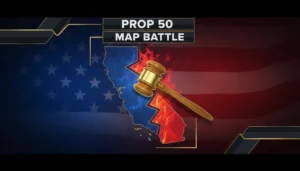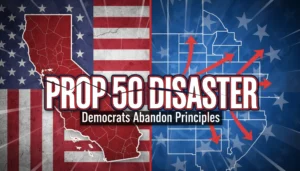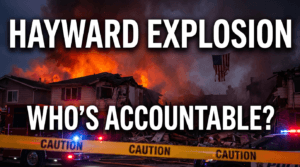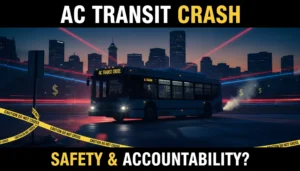California’s Fire Season Rages On: Three New Blazes Ignite Across State as Firefighters Face Growing Dangers
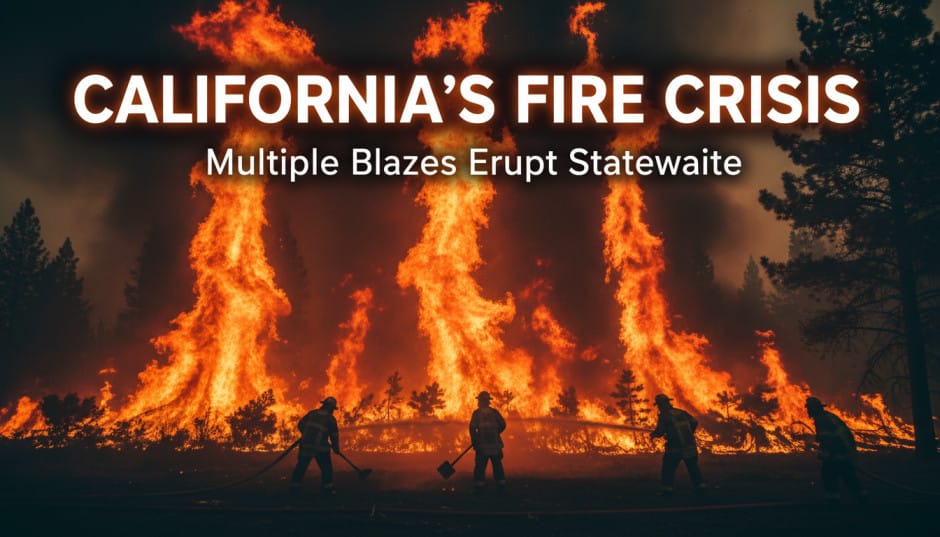
Updated October 25, 2025 – New developments and current fire status
California’s relentless wildfire season continued its destructive march on October 24th, 2025, as three separate fires erupted across the state within hours of each other, stretching emergency resources thin and highlighting the ongoing challenges facing the Golden State’s fire management infrastructure. Latest updates reveal continued fire activity with new incidents reported and evolving containment efforts across multiple counties.
BREAKING UPDATE: Current Fire Status
Loma Fire – Yuba County: As of 5:04 AM on October 25th, the Loma Fire has expanded to 5 acres on private land, showing modest growth from its initial ignition at 4:26 p.m. on October 24th. Fire crews have maintained containment efforts throughout the night, preventing significant spread despite challenging conditions.
Wohlford 2 Fire – San Diego County: The fire that began at 4:09 p.m. on October 24th on private land remains under active suppression, with crews working to maintain containment lines established during initial response efforts.
Los Angeles County Federal Land Fire: The blaze that ignited at 4:55 p.m. on October 24th continues to be monitored, with federal agencies coordinating response efforts on the affected federal lands.
New Development: A fourth wildfire was reported in Los Angeles County on October 25th, demonstrating that fire activity remains dangerously active across Southern California, adding another layer of complexity to an already challenging situation.
A Day of Multiple Ignitions – With Ongoing Consequences
The afternoon of October 24th proved to be particularly challenging for California’s fire suppression teams, with three distinct wildfire incidents reported in rapid succession across different regions of the state. The emergence of a fourth fire on October 25th confirms that the conditions fueling these incidents persist, creating an extended emergency response scenario that continues to test California’s firefighting infrastructure.
This clustering of fire starts within such a short timeframe is not uncommon during California’s peak fire season, but the continued emergence of new fires demonstrates the persistent and evolving nature of the current fire weather conditions. The simultaneous nature of these fires required careful resource allocation and coordination between multiple agencies, from local fire departments to state and federal firefighting units.
Updated Statewide Context: 2025 Fire Season by the Numbers
Current statistics paint a sobering picture of California’s 2025 fire season:
- Total Fires to Date: 54,615 incidents (as of October 10, 2025)
- Total Acres Burned: 4,711,179 acres
- Comparison: This represents a significant increase from 2024’s 36,511 fires during the same period
Extended Fire Season: CAL FIRE officials have warned that elevated fire danger is expected to continue through the end of 2025, with conditions potentially improving only in early 2026. This extended timeline means that the October 24-25 fire activity may be part of a longer pattern of dangerous conditions.
Geographic Spread Amplifies Challenges – New Patterns Emerging
The geographic distribution of these fires – spanning from Southern California’s Los Angeles and San Diego counties to Northern California’s Yuba County, with additional activity continuing in Los Angeles County – illustrates the statewide nature of California’s wildfire crisis. The fact that Los Angeles County has now experienced multiple fire starts in consecutive days highlights particular vulnerability in this region.
Los Angeles County’s repeated fire activity suggests that local conditions – including wind patterns, fuel moisture levels, and topographic factors – are creating especially favorable conditions for fire ignition and spread. The county’s complex topography, featuring mountains, valleys, and urban-wildland interfaces, creates numerous microclimates that can rapidly shift fire behavior.
Federal Land Complications: The involvement of federal lands in multiple incidents adds complexity to response efforts, requiring coordination between federal agencies and state/local resources. Recent positive developments include the 100% containment of several major Los Angeles County fires, including the Canyon, Hughes, Kenneth, and Palisades fires, which has freed up valuable resources for new incidents.
The Human Cost: Firefighter Injuries – Ongoing Safety Concerns
The two firefighters injured in the Inglewood building fire on October 24th represent part of a broader pattern of risks facing California’s firefighting personnel during this extended fire season. With fire activity continuing into late October and potentially through the end of 2025, firefighter safety remains a critical concern as personnel face extended deployment periods and challenging conditions.
Modern firefighting involves not just battling flames but also navigating complex terrain, operating heavy equipment, and working extended shifts under extremely stressful conditions. The current pace of fire activity means that many firefighting crews are operating with limited rest periods and facing cumulative fatigue that can increase injury risks.
Resource Management Under Extended Pressure
The continued emergence of new fires, including the October 25th Los Angeles County incident, demonstrates how California’s firefighting infrastructure faces sustained pressure rather than discrete emergency events. Resource managers must now plan for extended operations rather than short-term surge responses.
Current Resource Status:
- Air resources remain in high demand with multiple active incidents
- Ground crews are managing extended deployment schedules
- Equipment maintenance becomes critical during prolonged operations
- Inter-agency coordination continues across federal, state, and local levels
Positive Developments: The successful containment of several recent major fires has returned valuable resources to available status, but the continued emergence of new incidents means these resources are quickly redeployed rather than returned to reserve status.
Climate and Environmental Factors – Extended Risk Period
The continuation of fire activity into late October, with warnings extending through the end of 2025, reflects the evolving nature of California’s fire climate. Traditional fire season boundaries are becoming less relevant as dangerous conditions persist longer into the year.
Current Conditions Contributing to Extended Risk:
- Persistent dry conditions across multiple regions
- Continued offshore wind potential
- Low fuel moisture levels maintained by extended dry weather
- Temperature patterns that support fire activity later in the year
The October timing of these fires, combined with predictions of continued elevated risk, suggests that California is experiencing a fundamental shift in fire season patterns rather than an anomalous year.
Looking Forward: Sustained Preparedness Required
Immediate Outlook: With fire danger expected to continue through the end of 2025, California communities and emergency services must maintain heightened preparedness levels for an extended period. The October 24-25 fire activity represents not an end-of-season surge but potentially a preview of continued challenges.
Resource Planning: The extended fire season requires different planning approaches:
- Equipment maintenance schedules adapted for longer deployment periods
- Personnel rotation strategies to manage fatigue
- Supply chain management for extended operations
- Community preparedness messaging for prolonged risk periods
Community Impact: Residents in fire-prone areas must maintain evacuation readiness and defensible space maintenance for longer periods than traditional fire seasons have required.
Updated Assessment: A New Normal
The events of October 24-25, 2025, combined with the broader context of California’s 2025 fire season, suggest that the state is adapting to a new normal of extended, more intense fire seasons. The continuation of significant fire activity well into traditional “shoulder season” periods indicates that California’s fire management strategies must evolve to address year-round rather than seasonal threats.
As California continues to grapple with this evolving fire landscape, the ongoing events underscore both the persistent challenges and the remarkable dedication of the firefighters and emergency responders who stand ready to protect lives, property, and natural resources across the Golden State during what has become an extended campaign rather than a discrete fire season.
For the latest updates on current fire activity, residents should monitor CAL FIRE alerts and local emergency management communications as conditions continue to evolve.




